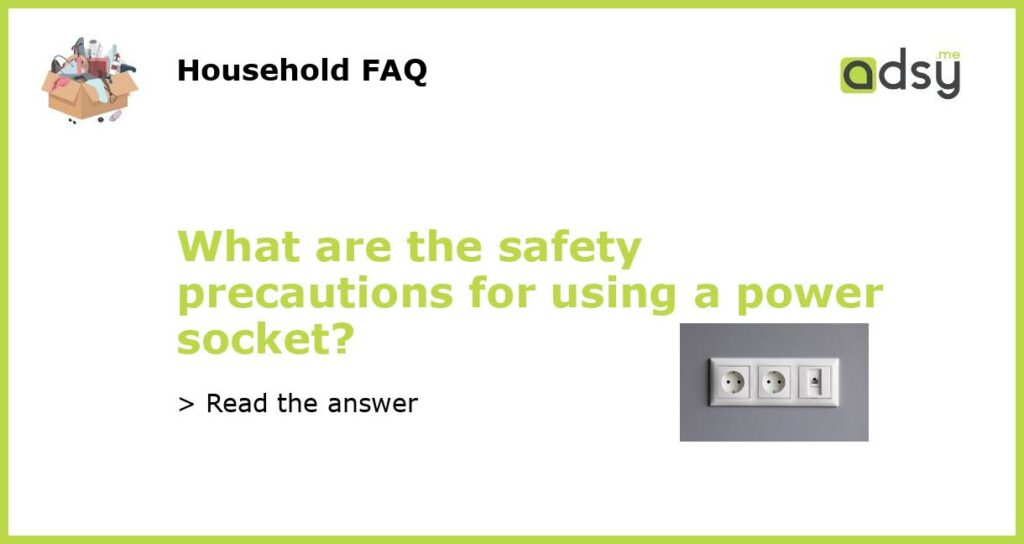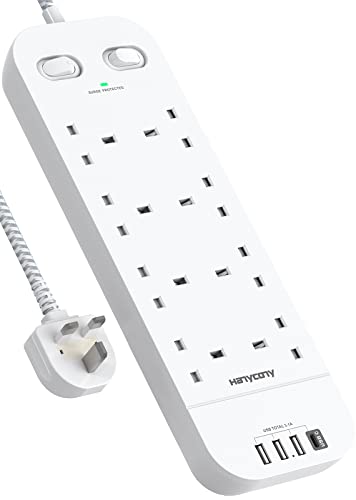Safety Precautions for Using a Power Socket
Power sockets are important for providing electricity to devices, but they can also be dangerous if not used properly. Here are some safety precautions to keep in mind when using a power socket:
Choose the Right Socket
Before plugging anything into a power socket, make sure that the socket is appropriate for the device you are using. Some devices require specific types of sockets, such as 3 pin sockets or grounded sockets. Plugging a device into the wrong type of socket can cause damage to the device or create a safety hazard.
Use Proper Cords and Adapters
Similarly, it’s important to use the right cords and adapters when connecting devices to a power socket. Using a cord or adapter that is too small or too large for the device can increase the risk of electrical damage or even fires. Look for cords and adapters that are specifically designed for the type of device you are using, and avoid using makeshift solutions or jury-rigged connections.
Handle Sockets with Care
Power sockets can be fragile, and it’s important to handle them with care. Avoid pulling on cords or using excessive force when plugging or unplugging devices. If a socket is loose or damaged, do not use it until it has been repaired or replaced by a qualified electrician. And be sure to keep sockets away from moisture and other potential hazards, such as metal objects or flammable materials.
Don’t Overload Sockets
Overloading a power socket by plugging in too many devices can cause overheating and create a fire hazard. Keep in mind that some devices require more power than others, and be sure to check the wattage rating of your devices before plugging them in. If you need to plug in multiple devices, consider using a power strip or surge protector that is designed to handle the load.
Unplug When Not in Use
Finally, it’s important to unplug devices from power sockets when they are not in use. Not only does this save energy and reduce your electricity bill, but it also reduces the risk of electrical damage or fires. Make a habit of unplugging devices at the end of the day, and consider using smart plugs or timers to automatically turn devices off when they are not needed.





![Tower Extension Lead, [13A 3250W] Surge Protector Extension Lead,8 AC Outlets & 4 USB Ports Multi Plug Socket Power Strip with 3M Extension Cable for Home, Office](https://m.media-amazon.com/images/I/41xEQjKqvJL.jpg)
